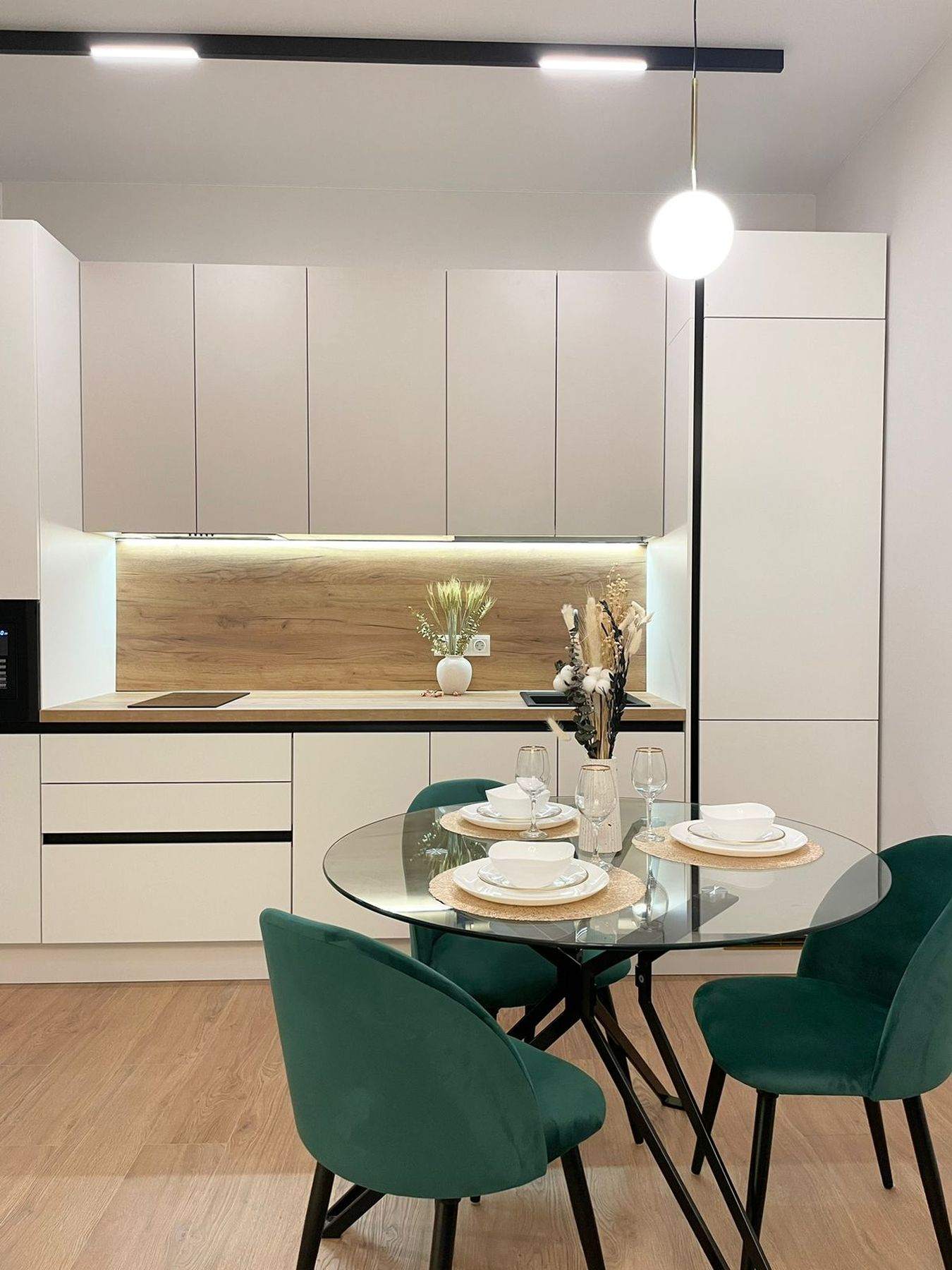
Culinary Creations: Refining Spaces for Enhanced Dining Experiences
The Art of Culinary Space Design
When it comes to creating an unforgettable dining experience, the space where one eats is almost as important as the food itself. Culinary spaces that are thoughtfully designed have the power to enhance the sensory experience of a meal, taking it from merely pleasant to truly extraordinary. As designers and restaurateurs become more aware of this, they are investing more time and resources into refining their spaces to complement and elevate the culinary creations they serve.
Ingredients of a Refined Culinary Space
Refined culinary spaces share several key ingredients. First and foremost is a coherent theme that aligns with the cuisine and the narrative the chef wants to convey. Lighting also plays a crucial role in shaping the dining environment, with different intensities and colors used to create mood and highlight the food. Comfortable seating, acoustics, and a thoughtful layout that ensures a smooth flow of service are essential components of a well-designed dining area.
Integrating Design and Cuisine
The true magic happens when the design of the space is integrated seamlessly with the culinary offerings. This involves choosing materials, textures, and colors that not only match the aesthetic of the food but also add to its enjoyment. Fine dining establishments, for example, might opt for elegant furniture and sophisticated decor to match the complexity and intricacy of their dishes, while a rustic venue might use natural materials and warm colors to complement its hearty, home-cooked style meals.
Technological Innovations in Culinary Spaces
Technology has also found its way into modern culinary spaces, opening up new possibilities for refining the dining experience. From interactive menus projected onto tables to state-of-the-art kitchen equipment that allows for precision cooking, technological advancements are constantly redefining what is possible in the realm of culinary arts.
The Role of the Senses
A refined culinary space engages all the senses. Visual elements, such as art and presentation, entice the eyes, while well-curated background music soothes the ears. The texture of linens and the weight of cutlery can elevate the tactile experience. Meanwhile, the aromas wafting from the kitchen tantalize the nose, setting the stage for the flavors to come. Every aspect of a culinary space must be considered to create a harmonious sensory experience that enhances the enjoyment of the food.
Sustainability: The Future of Culinary Spaces
Sustainability is fast becoming a priority in the design of culinary spaces. This involves using eco-friendly materials, sourcing local food, and minimizing waste. By paying attention to sustainability, restaurants not only contribute to the well-being of the environment but also attract a clientele that values ethical and responsible dining practices. When a space is refined with sustainability in mind, it adds an extra layer of value to the dining experience.
Conclusion: The Culinary Canvas
Ultimately, a refined culinary space serves as a canvas upon which the chef can present their creations. Just as a painter carefully selects their palette and brushes to complement their vision, chefs and designers collaborate to create spaces where food can be appreciated to its fullest. As the culinary arts continue to evolve, so too will the spaces that house them, forever pushing the boundaries of what a dining experience can be.